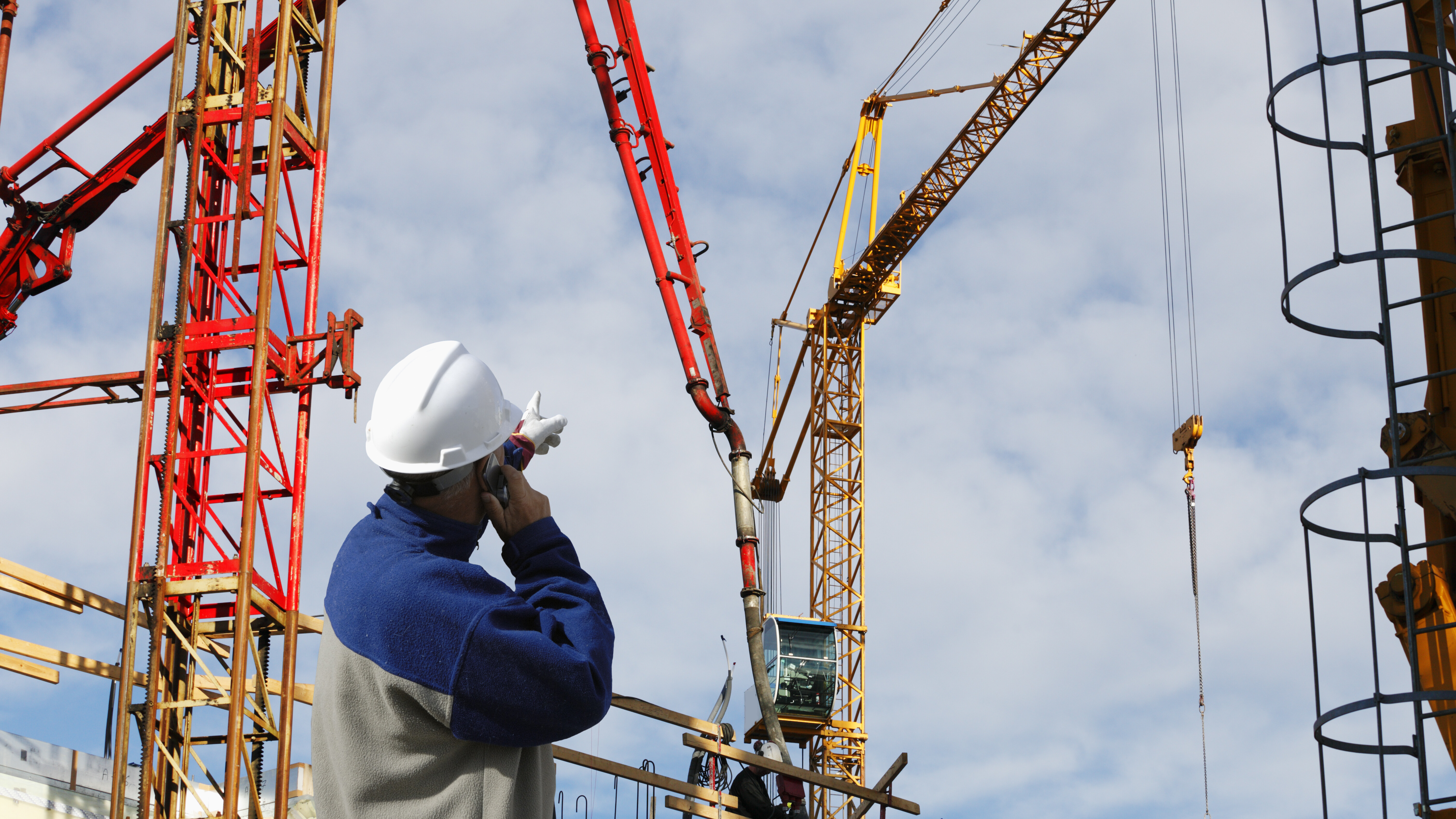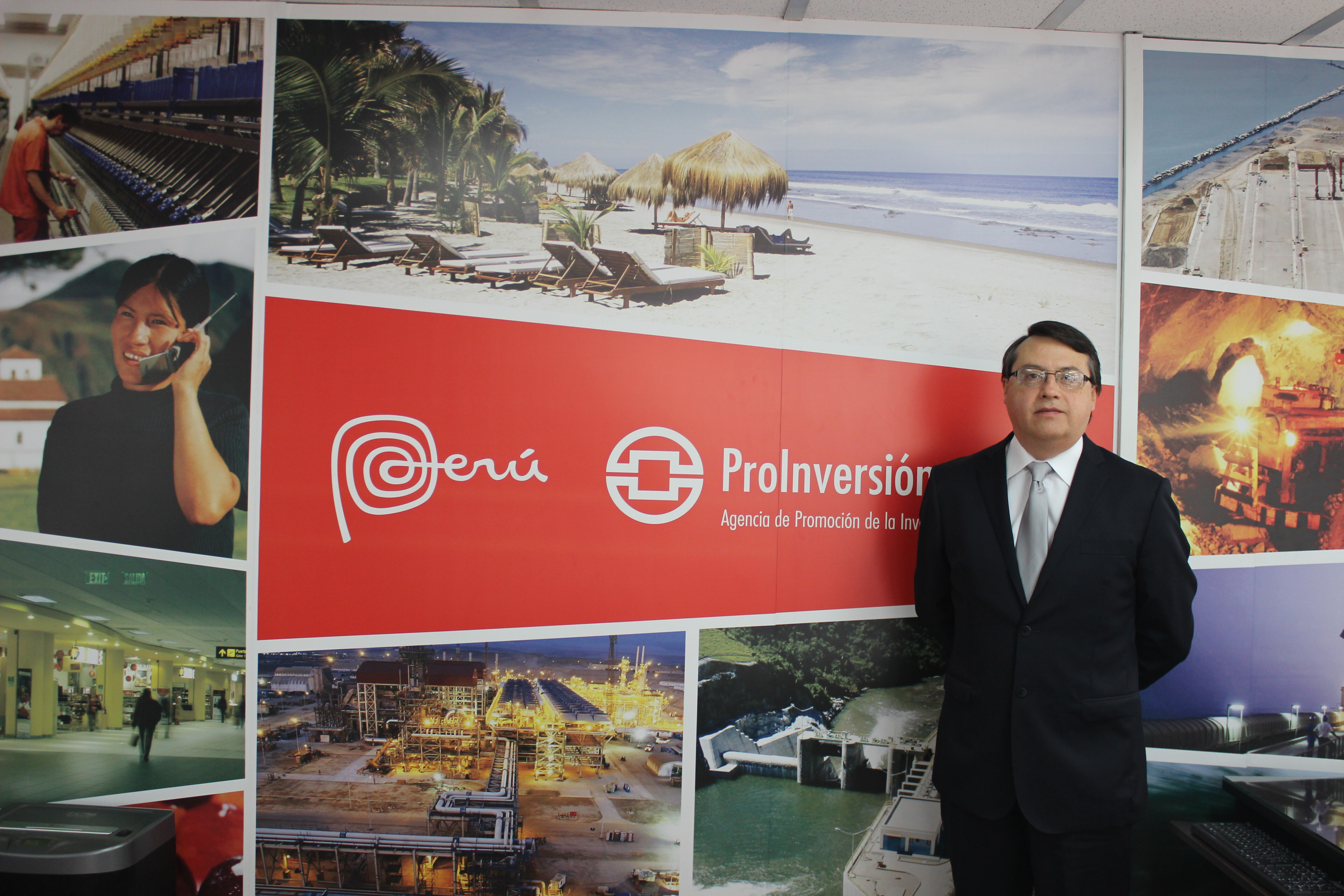Peruvian Infrastructure Gets Going
Peru's massive infrastructure programme got of to a slow start. But in 2014 there have been signs of improvement, LatAm INVESTOR investigates what's going on...

Rebuilding Peru
When the Peruvian infrastructure programme was announced, it struck a chord investors.
They knew that the country’s existing infrastructure needed an upgrade. They also knew that Peru was in great economic shape. That was important because it meant that unlike so many other countries that need infrastructure, it would actually be able to pay for it.
The final reason they liked the theme was that at the time the big question mark about Peru was how it would cope with a Chinese slowdown and lower commodity prices. Peru’s infrastructure story – at least in the short term – was insulated from that.
Unfortunately, not everything went to plan. The programme was hit by delays – a story that was repeated elsewhere in the region – and gradually investors began to doubt if the much-talked-about projects would ever materialise.

So far the infrastructure programme has had delays Javier Illescas the executive director of ProInversion – the government body that is responsible for financially structuring the projects, finding investors and awarding the concessions – says that those problems are now fixed.
According to Illescas, there was too much hype surrounding the launch of the projects.
“The media and the analysts looked at the headline figures and got very excited. But they didn’t stop to think about the practicalities of studying these projects and then structuring them to attract the right investment.”
Illescas moved from the World Bank to ProInversion in August 2012, and when 2013 passed without any major projects being awarded, some press and analysts began to criticise the government and ProInversion.
“In lots of cases it was because they [the media and analysts] didn’t understand the project. If they had bothered to look at our website they would have had a better idea.”
Private sector problems
Of course to get the whole story we need to speak to the private sector too. Roberto Santivanez, who runs a leading law firm in Lima, told me one story where a government project was so badly designed that it broke its own rules: “They have very strict environmental guidelines for national parks and actually released a tender for a transmission line without including the right licenses needed.”
Another scare story came from Mario Alvarado Pflucker, the CEO of Grana Y Montero, Peru’s largest construction company: “We bought some land that used to be a car repair workshop and wanted to turn it into a modern office block. Before we could proceed, we had to complete a study on how local birds would be affected and what local passers-by thought. This was crazy because what we were building was much cleaner than what had been there before.”
Needless to say Javier Illescas disputes some of these claims.
“ProInversion is a public-sector organisation but it is more dynamic than other parts of government. Our teams work a lot with the private sector and we also use external advisors so we are learning best practises with the likes of McKinsey or PwC.”
He also disputes claims that the organisation is under-resourced, pointing out that it gets full backing from the Finance Ministry when it needs to pay for something that’s outside the scope of its budget.
Will ProInversion get its act together?
Of course, these types of arguments between the public sector and private sector can be found in any country in the world. But the key question is if the organisation in question can deliver – can ProInversion execute the infrastructure programme that is so important for the country and potentially so important for British investors.
Judging by the last six months the answer is yes. ProInversion may have had its struggles but by anyone’s standards, it’s had a good start to the year.

In March, it awarded Line 2 of the Lima Metro, which will cost around $6.6bn.
That was followed in May by the $2.7bn Talara Refinery project and the $400m new international airport in Cusco.
Then in June, it finally awarded the second Camisea gas pipeline, which should cost around $4bn.
Crucially, with these projects now awarded to private investors the onus of execution is now off ProInversion and onto the international and local companies involved.
So is Illescas sleeping easier now?
“Look we have a long track record of working with private investors to build complex infrastructure projects”, says Illescas. “Investors had no need to worry. But yes the pressure has definitely eased after awarding these concessions.”
Moreover, he expects the success in awarding these deals to help him build up an extensive pipeline of more infrastructure projects. All of which bodes well for ProInversion, Peru and British Investors.
This article first appeared in The New World, MoneyWeek’s FREE regular email of investment ideas and news from Asia and Latin America. Sign up to The New World here.